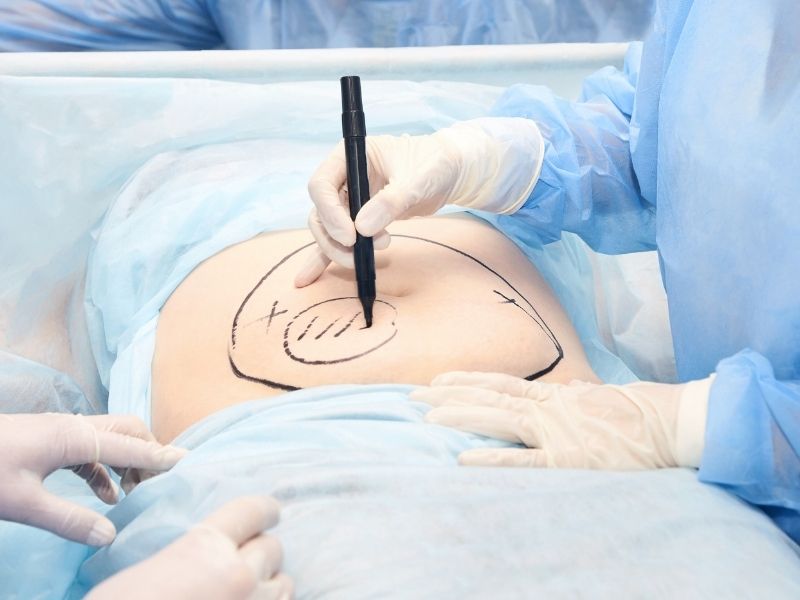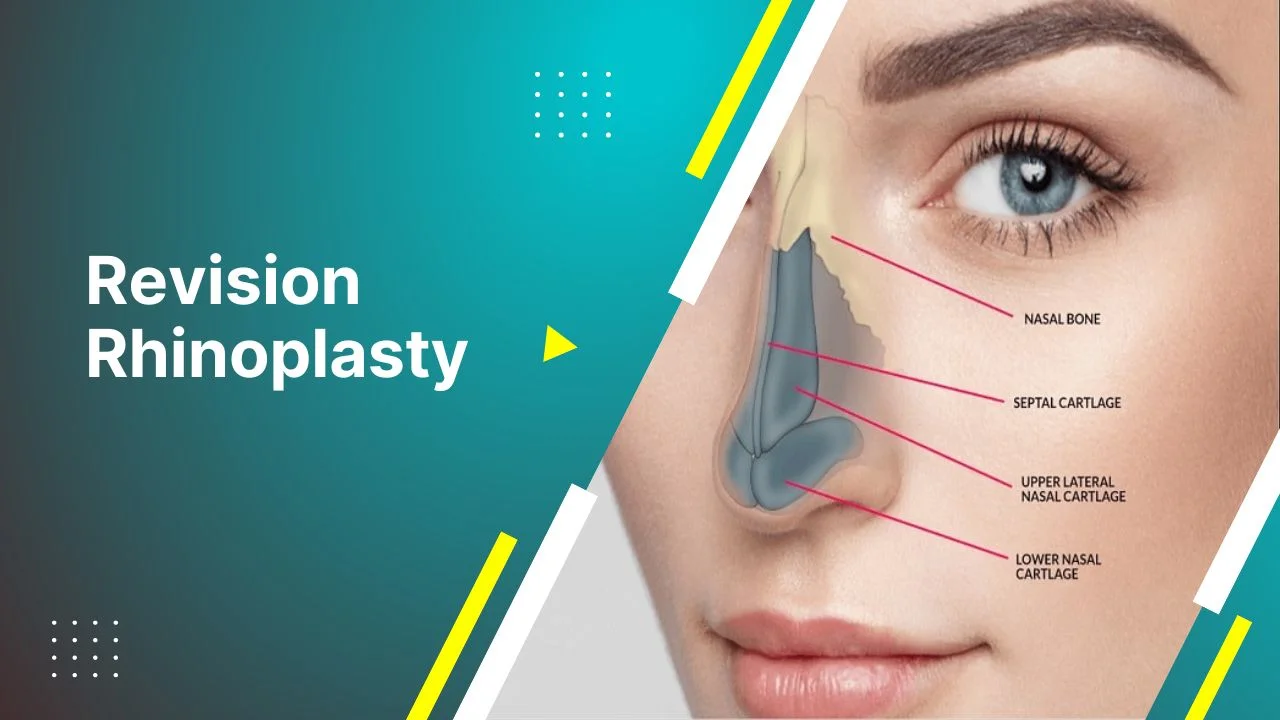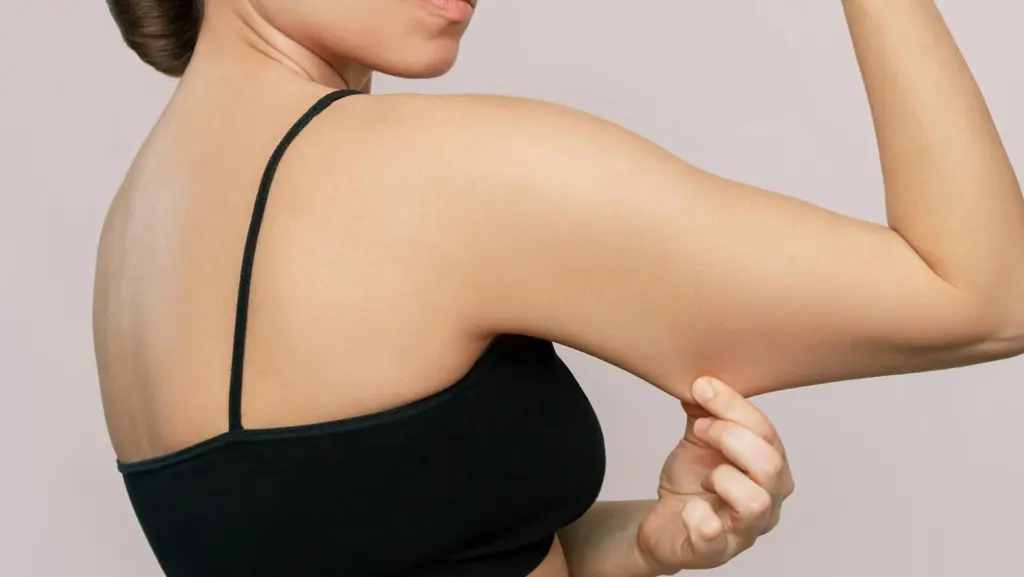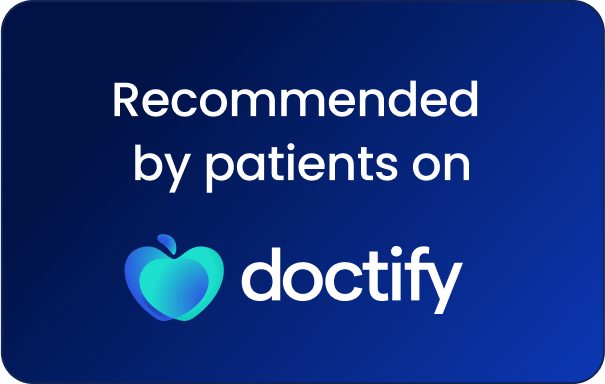Liposuction is a popular cosmetic surgery that helps contour the body by removing excess fat. If you’re considering liposuction, it’s essential to understand the various techniques, benefits, potential risks, and the recovery process. This comprehensive guide will provide you with all the information you need to make an informed decision.
Types of Liposuction Techniques
Liposuction techniques have evolved over the years, offering patients a variety of options. Each method has its own advantages and is suited for different needs and body types. Here are the most common types of liposuction techniques:
- Tumescent Liposuction: This is the most common technique, involving the injection of a large amount of tumescent fluid (a mix of saline, lidocaine, and epinephrine) into the targeted fat area. This fluid helps numb the area, reduce blood loss, and make fat removal easier.
- Ultrasound-Assisted Liposuction (UAL): This technique uses ultrasonic energy to liquefy fat cells, making them easier to remove. It’s particularly effective for dense, fibrous areas like the upper back or male chest.
- Laser-Assisted Liposuction (LAL): Also known as SmartLipo, this method uses laser energy to melt fat cells before suctioning them out. The laser also stimulates collagen production, which can result in tighter skin.
- Power-Assisted Liposuction (PAL): This technique uses a specialized cannula that vibrates rapidly, breaking up fat cells for easier removal. It’s less invasive and can result in a quicker recovery.
- VASER Liposuction: VASER stands for Vibration Amplification of Sound Energy at Resonance. This method uses ultrasonic waves to break apart fat cells, preserving other tissues for a smoother result and faster recovery.
Benefits of Liposuction Surgery
Liposuction offers numerous benefits beyond just fat removal. Here are some of the key advantages:
- Improved Body Contour: Liposuction can help sculpt and shape areas of the body that are resistant to diet and exercise, providing a more proportionate and aesthetically pleasing appearance.
- Targeted Fat Reduction: This procedure allows for precise targeting of specific areas, such as the abdomen, thighs, hips, arms, and neck, to remove stubborn fat deposits.
- Boosted Self-Confidence: Many patients experience a significant boost in self-esteem and confidence following liposuction, feeling more comfortable and satisfied with their appearance.
- Enhanced Mobility: By reducing excess fat, particularly in areas like the thighs and knees, liposuction can improve mobility and reduce discomfort associated with carrying extra weight.
- Long-Lasting Results: With a healthy lifestyle, the results of liposuction can be long-lasting, as the fat cells removed do not regenerate.
Potential Risks and Complications of Liposuction
As with any surgical procedure, liposuction carries certain risks and potential complications. It’s crucial to be aware of these before undergoing the surgery:
- Infection: Although rare, infections can occur at the incision sites, requiring antibiotics or additional treatments.
- Contour Irregularities: Uneven fat removal, poor skin elasticity, or unusual healing can result in lumpy or wavy skin.
- Fluid Accumulation: Temporary pockets of fluid (seromas) may form under the skin, which might need to be drained.
- Numbness: Temporary or permanent numbness in the treated areas is possible due to nerve irritation or damage.
- Blood Clots: In rare cases, liposuction can lead to blood clots forming in deep veins, which can be life-threatening if they travel to the lungs (pulmonary embolism).
- Anesthesia Risks: General anesthesia or sedation used during liposuction carries its own set of risks, including allergic reactions and respiratory issues.
Post-Liposuction Recovery Timeline
Understanding the recovery process is essential for a smooth and successful outcome. Here’s a general timeline of what to expect after liposuction:
- Immediately After Surgery: You will likely experience swelling, bruising, and discomfort in the treated areas. Compression garments are typically worn to reduce swelling and support healing.
- First Few Days: Most patients can return to light activities within a few days. Pain and discomfort can be managed with prescribed medications.
- First Week: Swelling and bruising will start to subside. It’s important to avoid strenuous activities and follow your surgeon’s care instructions.
- 2-4 Weeks: You can gradually resume normal activities, but high-impact exercises should still be avoided. Swelling continues to decrease, and initial results may become more visible.
- 1-3 Months: Most of the swelling should resolve, revealing a more defined body contour. At this stage, you can return to all normal activities, including exercise.
- 6 Months: Final results are typically visible around this time, with complete resolution of swelling and healing of incision sites.
Liposuction can be a transformative procedure, offering both aesthetic and psychological benefits. At our clinic, we prioritize patient safety and satisfaction, ensuring that you receive the highest standard of care throughout your liposuction journey. If you’re considering liposuction, we invite you to schedule a consultation to discuss your goals and explore the best options for achieving your desired results.






